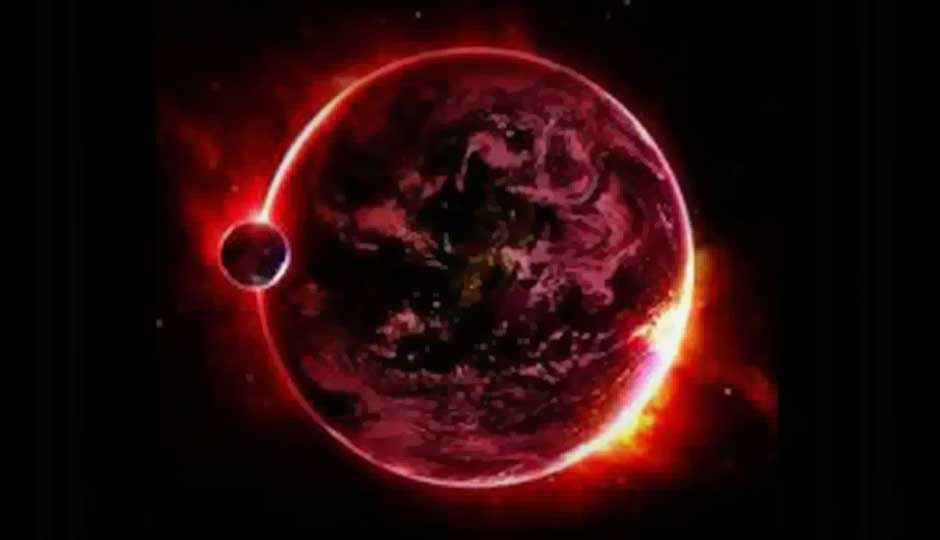NASA takes on 2012 Doomsday hokum

NASA wants us all to know that it feels very confident in predicting that the world won’t end in 2012, despite what we may have read on the Internet.
The space agency recently saw fit to take its debunking hammer to persistent online tales of a fictional dwarf planet that is supposedly on a collision course with Earth, popular prophecies associated with the Mayan calendar, and other doomsday scenarios that fall apart under minimal scrutiny.
“Contrary to some of the common beliefs out there, Dec. 21, 2012 won’t be the end of the world as we know it. However, it will be another winter solstice,” NASA associates behind a new website called Beyond 2012 wrote Wednesday in a Google post.
Some of the more popular apocalyptic theories revolve around a rogue planet called Nibiru supposedly discovered thousands of years ago by the ancient Sumerians, which some believe is going to collide with our planet next month. Variations on this theme call the doomsday rock Planet X or peg the real dwarf planet Eris as the harbinger of death from the skies, while a recent strain of this myth tries to tie the whole thing in with the supposed end of the Mayan calendar on Dec. 21, 2012.
Beyond 2012 is dedicated to debunking such pseudo-science. There is no Nibiru or Planet X that’s been observed by astronomers and if they really were on a path to hit the Earth in a couple weeks, they’d be visible to the naked eye by now. Eris “is real, but it is a dwarf planet similar to Pluto that will remain in the outer solar system; the closest it can come to Earth is about 4 billion miles,” the site explains.
The supposedly abrupt end of the Mayan calendar at the upcoming winter solstice? It’s not “evidence” that ancient Mesoamerican chronometrists had some mystic knowledge of when the world would end—it’s actually just the end of one of the cycles they used in devising their calendar.
Other doomsday hokum countered on the Beyond 2012 site includes a supposedly imminent reversal in the Earth’s rotation, the onset of giant solar storms, and a fanciful array of disastrous events somehow set in motion by a rare alignment of the planets.
As NASA notes, concern in some quarters over such far-fetched scenarios has been helped along by a spate of recent books and movies depicting the end of the world.
The Beyond 2012 social page also links to video of a recent Google hangout (see it below) in which a panel of scientists takes on specific 2012 doomsday claims and explains why they’re so much bunk.
Panelists included: Mitzi Adams, a solar/archaeoastronomer from NASA’s Marshall Space Flight Center; Andrew Fraknoi, a science educator from Foothill College in Los Altos Hills, Calif.; Lika Guhathakurta, a heliophysicist from NASA Headquarters; Paul Hertz, an astrophysicist from NASA Headquarters; David Morrison, an astrobiologist from NASA’s Ames Research Center; and Don Yeomans, an asteroid scientist from NASA’s Jet Propulsion Laboratory.
At the beginning of the discussion, Morrison said that while 2012 doomsday theories were “a joke to many people” and there was no real imminent threat to the Earth, it was nevertheless “appropriate for NASA to answer questions” from individuals taking such talk seriously, if only to ease their fears and in some cases, prevent them from harming themselves.






